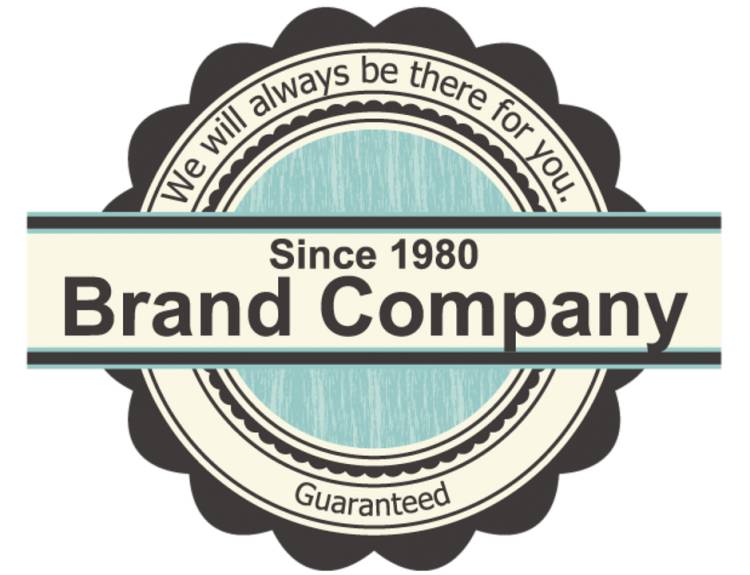“Trademark Class 5: Pharmaceutical and Medical Products”
This research note explores Trademark Class 5, which encompasses pharmaceuticals, medical and veterinary preparations, and related products. It highlights the various goods and services covered under this class, the importance of trademark protection for businesses in the healthcare sector, and the legal implications of trademark registration. The note outlines the registration process, both nationally and internationally, and examines landmark cases that have shaped trademark law in this domain. Ultimately, it underscores the necessity for distinctive and clear trademarks to ensure brand identity, product differentiation, and consumer safety in the pharmaceutical and medical industries.

INTRODUCTION
Trademark Class 5 is one of the 45 classes used by the United States Patent and Trademark Office (USPTO) to categorize and register trademarks based on the goods or services they represent. Class 5 specifically deals with pharmaceuticals, medical and veterinary preparations, sanitary preparations for medical purposes, dietetic substances adapted for medical use, and other related products. Class 5 pertains to pharmaceutical, medical, and veterinary products, including other related goods like dietary supplements and sanitizing products. It is critical for businesses operating in the healthcare, pharmaceutical, and medical sectors to register trademarks under this class to protect their brand identity.
1. GOODS AND SERVICES COVERED UNDER TRADEMARK CLASS 5:
A. Pharmaceuticals: This includes a wide range of medicinal products, such as prescription and over-the-counter drugs, vaccines, and other substances used for the prevention, treatment, or alleviation of diseases or medical conditions. Aspirin, antibiotics, insulin, vaccines.
B. Medical and Veterinary Preparations: This category covers preparations for medical and veterinary purposes, including medical dressings, bandages, surgical adhesives, and materials used for wound treatment.
C. Sanitary Preparations for Medical Purposes: Products related to hygiene and cleanliness for medical use fall under this category. This includes antiseptics, disinfectants, and other sanitary preparations.
D. Dietetic Substances Adapted for Medical Use: This includes food and beverages adapted for medical or dietetic purposes, such as infant formula, dietary supplements, and specialized nutrition products.
E. Dietary Supplements and Nutraceuticals: Products that provide essential nutrients or have purported health benefits fall under this category. This includes vitamins, minerals, herbal supplements, and other dietary products.
F. Herbs for Medicinal Purposes: This category covers herbs and botanicals used for medicinal purposes, including herbal medicines and supplements.
G. Homeopathic Products: Homeopathic medicines and preparations are included in this class. Homeopathy involves using highly diluted substances to stimulate the body’s natural healing processes.
H. Plasters, Materials for Dressings: Products used for medical dressings, bandages, and surgical dressings are classified under this category.
I. Disinfectants: This includes substances and preparations for killing or inhibiting the growth of microorganisms on surfaces, inanimate objects, and the like.
J. Veterinary Preparations: Products used in the field of veterinary medicine, including medicines for animals, vaccines, and other veterinary pharmaceuticals.
● cription medications
● Over-the-counter medications
● Vitamins and supplements
● Herbal remedies
● Vaccines
● Medical plasters and dressings
● Dental preparations
2. GOODS THAT DO NOT COME UNDER TRADEMARK CLASS 5
- Toiletries (soaps, shampoos, cosmetics, perfumes)
- Supportive bandages
- Meal replacements
- Dietetic food and beverages not for medical or veterinary use
- Deodorants for humans or animals
- Clothing or other non-medical items
3. TRADEMARK PROTECTION IN CLASS 5
Trademark protection under Class 5 is crucial for companies and individuals producing pharmaceutical and medical products, as it safeguards their brand identity from unauthorized use. Given the sensitive nature of medical and health-related products, consumers rely heavily on brands for assurance of quality and safety. A registered trademark in Class 5 provides:
● Exclusivity: The right to exclusively use the trademark for the registered goods under this class.
● Brand differentiation: Protects the brand from being confused with others in the market, helping consumers identify trusted products.
● Legal protection: Enables the owner to initiate legal action against any party infringing the registered trademark.
4. NATIONAL AND INTERNATIONAL REGISTRATION FOR TRADEMARK CLASS 5
A. National Registration:
1. Trademark Search: Ensure no similar trademarks exist in the desired class.
2. Application: File with the national trademark office (e.g., Indian Trademark Registry).
3. Fees: Pay the application fee.
4. Examination: Trademark office reviews the application.
5. Opposition Period: Allows third parties to oppose registration.
6. Registration Certificate: Issued if no opposition or objections.
B. International Registration:
1. Madrid System:
○ Single Application: File once through WIPO to protect in multiple countries.
○ Designate Countries: Choose member countries for protection.
○ Fees: Pay a centralized fee.
○ Examination: Each designated country reviews the application.
○ 10-year Protection: Trademark valid in approved countries, renewable.
2. Direct Filing:
○ Separate Applications: File individually in each country's trademark office.
○ Fees and Process: Varies by country, longer process, more flexibility for non-Madrid members.
5. LANDMARK CASES IN CLASS 5 TRADEMARK LAW
● Cadila HealthCare Ltd. v. Cadila Pharmaceuticals Ltd. (2001)[1]: This case emphasized the importance of preventing confusion between trademarks in the pharmaceutical industry. The Supreme Court of India held that even slight confusion between two drug brands could have severe consequences for patient safety, stressing the need for stringent trademark protection in the healthcare sector.
● F. Hoffmann-La Roche AG v. Cipla Ltd. (2008):[2] In this case, Hoffmann-La Roche sued Cipla for trademark infringement related to the anti-cancer drug "Tarceva." The court examined the impact of similar product names in the medical field, reiterating the importance of clear and distinctive trademarks to avoid confusion.
6. CONCLUSION
Trademark protection under Class 5 is essential for companies in the pharmaceutical, medical, and healthcare industries. Registering trademarks in this class helps businesses protect their brand identities, ensures product differentiation, and prevents unauthorized use of their marks, all while contributing to public health and safety. Given the critical nature of medical products, companies must ensure that their trademarks are distinctive, clear, and adhere to legal requirements to avoid confusion that could have serious implications for consumer health.












